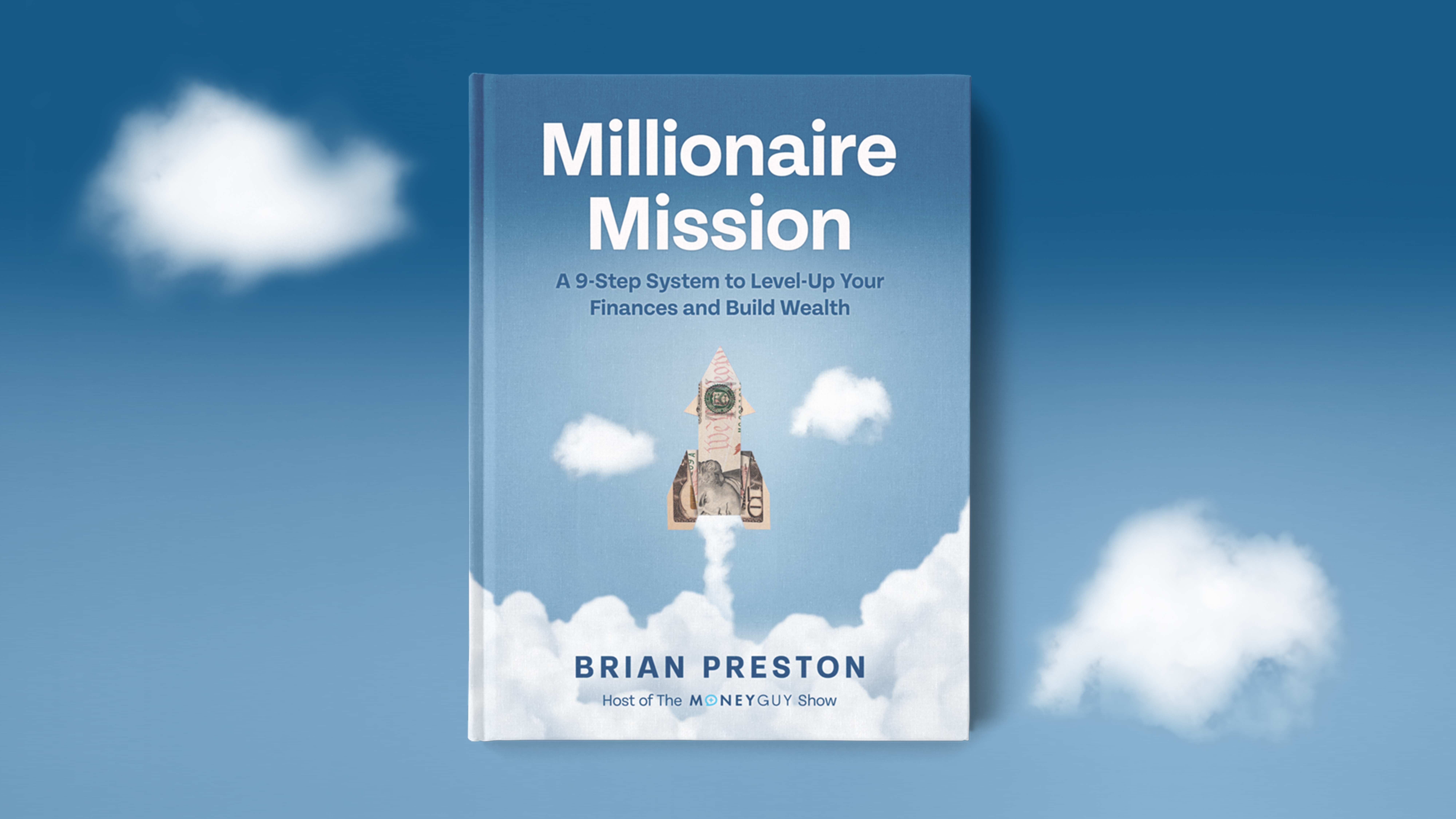Over the last year, as inflation has continued to soar and interest rates have remained near zero, alternatives to traditional savings accounts have become more popular. Alternatives include investing in stocks or bonds, I bonds, and cryptocurrency “savings accounts.” High-yield crypto accounts promise extremely high interest rates, in some cases 12% or more, but they are largely unregulated and haven’t been around very long at all (sometimes only days or months). Are they worth a look or too risky to consider parking cash in or investing in?
How high-yield crypto accounts work
Crypto interest accounts were designed to function similarly to how traditional savings accounts work: you lend someone your money (crypto), it is held in an account that you can access at any time, and they lend your money (crypto) out to others. Lending your assets out to others allows them to pay you interest. The bank can both lend your money out and allow you to access it at any time because they know how many customers they have and how much money they may need to have at any given time. Banks are also required to keep a fraction of total deposits on-hand at all times to cover any unexpected needs that may come up (crypto accounts are not checking accounts and do not have the same requirements as banks).
Cryptocurrency firms that offer crypto interest accounts work in a similar way, by lending your crypto to others and paying you interest in return. The similarities between crypto accounts and savings accounts end there, however. While both types of accounts aim to accomplish the same goal, they work very differently.
What makes crypto interest accounts unique(ly risky)
The biggest, and most attractive, difference between crypto interest accounts and savings accounts is the interest rate offered on deposits. It’s easy to find a crypto interest account paying 10% or more, while it is next to impossible to find a traditional high-yield savings account earning over 1% (currently, at the beginning of 2022, when interest rates are near 0%; if you are reading this in the future, that may be a different story). How are crypto interest accounts able to offer a much greater yield?
Higher yields are never risk-free, and crypto interest accounts are no exception. First, to invest in a crypto interest account, you must hold “regular” cryptocurrency (bitcoin, ethereum, dogecoin, etc.) or stablecoins (a type of cryptocurrency that attempts to peg their market value to an external asset, like the U.S. dollar). Regular cryptocurrencies are extremely volatile, so if you are considering replacing your savings account with a crypto interest account, you may be more inclined to invest in a stablecoin.
Stablecoins aren’t without risk, either. While they generally do try to peg their value to a safer asset, they don’t yet have a long enough track record to be considered safe and risk-free. Some stablecoins have even gone to zero. Stablecoins are particularly vulnerable in periods of stress. If prices drop and there’s a rush on the virtual bank, prices may not hold up (and already haven’t held up in several cases). Reserve assets may not be appropriately safeguarded, or stablecoins may not even be backed by what they claim; some issuers have lied about reserves. In one case, where a company paid fines of nearly $60 million, their stablecoins were only backed by real dollars 28% of the time.
BlockFi is another example of a firm that recently got into trouble with regulatory agencies for misleading investors (although they admitted no wrongdoing). BlockFi agreed to pay a $100 million fine, in part for stating assets in crypto interest accounts were overcollateralized when they weren’t. Overcollateralized in this context meant BlockFi claimed to hold more collateral than they were loaning out, essentially misleading investors into believing investing in their crypto interest accounts was safer than it actually was.
In a cease and desist issued by the state of New Jersey last year (many other states issued similar orders), they presented the following findings of fact (emphasis added):
25. The BlockFi BIA Terms provide that a BlockFI BIA Investor relinquishes control over the deposited cryptocurrency to BlockFi and BlockFi is free to use those assets as it sees fit, including commingling cryptocurrency with those of other BIA investors, investing those assets in the market, and lending those assets to institutional and corporate borrowers.
Included in the order is an excerpt from Section H, Paragraph 1 of BlockFi’s own BIA Terms (emphasis added):
Except where prohibited or limited by applicable law, in consideration for the cryptocurrency earned on your account, you grant BlockFi the right, without further notice to you, to hold the cryptocurrency held in your account in BlockFi’s name or in another name, and to pledge, repledge, hypothecate, rehypothecate, sell, lend, or otherwise transfer, invest or use any amount of such cryptocurrency, separately or together with other property, with all attendant rights of ownership, and for any period of time and without retaining in BlockFi’s possession and/or control a like amount of cryptocurrency at its own risk.
Later in the order:
BlockFi does not disclose to investors: (a) the amount of money devoted to each of these investment activities; (b) the nature and creditworthiness of the borrowers, as well as the identity of any borrowers to whom BlockFi has lent material amounts of cryptocurrency; (c) the terms and duration of the loans; (d) the types of equities, options, and futures it trades; or (e) the profits or losses derived from these activities.
Crypto interest accounts may not be as liquid as investors believe they are. Redemption rights are often not clear, and someone could end up not having access to liquidity at a time when they need it most. As with bank runs of the past, the failure of one stablecoin could pose a risk to the entire system (as the Treasury describes it, a “self-reinforcing cycle of redemptions and fire sales of reserve assets. […] runs could spread contagiously from one stablecoin to another.”
Investing in a crypto interest account, whether in bitcoin or a stablecoin, involves taking on much more risk than parking money at a traditional bank. Not only are your invested assets more at-risk than cash, you also have no federal backing. Savings accounts at reputable banks come with coverage from the Federal Deposit Insurance Corporation. Even if your traditional bank were to fail, your account(s) would be backed by FDIC protection. Crypto interest accounts offer no such protections. Some crypto lenders claim they carry a large amount of insurance that covers custodial assets, but policies may only cover losses due to crime, such as hacking, not losses from risky lending activities or institutional failure.
Unlike withdrawals from a savings account through a traditional bank, crypto interest accounts can be more restricted. You may not have access to funds until a certain period of time has passed, you may only be able to withdraw a certain amount at a time, and fees may apply.
Who are crypto interest accounts for?
Crypto interest accounts are perhaps more dangerous to the average investor than investing in crypto more broadly. Someone that doesn’t have the risk tolerance to invest in cryptocurrency might still consider investing in a crypto interest account if they view it as a safer alternative, more akin to a traditional savings account than dogecoin. Those that invest in a crypto interest account assuming it is about as risky as a traditional savings account may be in for a nasty surprise. Not only are users invested in riskier, more volatile assets, they may also be exposed to lock-out periods, fees, default risk, and more.
Who are crypto interest accounts for, if not for those looking to dip a toe into the world of crypto? You may believe crypto enthusiasts would be a natural fit for crypto interest accounts, but that isn’t necessarily the case. True believers in crypto don’t always see the need to take on additional risk to earn another 5% or 10% on their crypto holdings when their crypto holdings often have gone up much more. If they believe in the future of bitcoin, ethereum, name your favorite crypto, why would they expose their precious holdings to unnecessary risk?
Many crypto interest accounts aim to appeal to those looking for a safer alternative to crypto, but one that will earn more than a traditional savings account. These companies often fail to clearly disclose risks associated with investing in a crypto account. Crypto interest accounts are subject to high volatility, potentially even if invested in a stablecoin, lack of liquidity, fees and expenses, default risk, and more. If customers knew and understood these risks when signing up for an account, many would have reservations.
Cash isn’t an attractive investment right now, but safety and liquidity should be more important than potential yield when it comes to something like an emergency fund. Having access to liquidity is necessary to protect your finances from unforeseen events. An emergency fund needs to cover your deductibles (home, health, auto, and more) and should generally be around three to six months of ordinary living expenses. Without proper emergency reserves, you risk falling into the spiral of high-interest debt, which is very difficult to get out of. No safe investment that is appropriate for storing emergency reserves offers high, risk-free yields, and crypto interest accounts are no exception.













